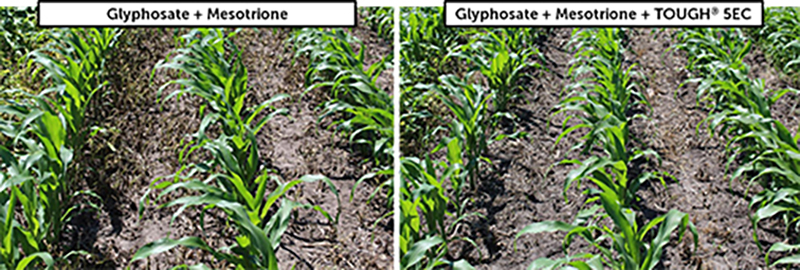Soggy Spring Stalls Planting
When the calendar turns to April, farm work normally is in high gear. But soggy fields are staying soggy, leaving grain producers with little opportunity to get any work accomplished.
For example, Kentucky reports that its growers are well behind on their spring work.
"There’s no corn in the ground here at all," says Rankin Powell, Union County extension agent for agriculture and natural resources with the University of Kentucky Cooperative Extension Service. "Over the past 10 years, we would generally have a good bit of corn in the ground by now and all our anhydrous ammonia. We’ve only put out about 10 percent of the anhydrous."
Union County is the state’s top corn producing county, and Powell says growers there generally begin planting corn in late March with the goal of having their 85,000 to 90,000 acres planted by April 15. Many of the Ohio River bottom fields were just beginning to see water recede before last week’s rainfall again raised water levels and continued flooding these fields.
So what’s to blame for these soggy conditions? Blame it on a weather maker called La Nina, said Tom Priddy, UK agricultural meteorologist. La Niña is cooler-than-normal sea surface temperatures in the central and eastern tropical Pacific Ocean that impact global weather patterns. This weather maker brings wet winters, and that’s been the case this year. Some forecasts are calling for it to hang around into the spring and summer. But here’s the kicker. La Nina tends to turn off the water spigot in summer months.
The cool, wet weather conditions may result in stand establishment and soil compaction concerns for many Hoosier farmers, says a Purdue University expert.
"With these wet conditions, either on ground needing spring tillage or on no-till ground, farmers may be left with the decision of getting seed into the ground at the risk of soil compaction," says Corey Gerber, director of the Purdue Crop Diagnostic Training and Research Center.
"When compaction issues are combined with cool temperatures, the seed will tend not to germinate as quickly as we would like," Gerber says. "This is when diseases and insects like wireworm and seedcorn maggot readily attack the seed, potentially resulting in uneven stand establishment and lower plant populations than originally desired."
If this occurs, producers may need to think about replanting and that’s a tough decision to make, Gerber adds.
"When considering whether to replant or not, a producer needs to take into account the extent of damage, the original plant population, the original planting date, expected replanting date, expected replanting costs, the expected market price, and the expected yield," Gerber says.
The 2008 "Purdue Extension Corn and Soybean Field Guide" provides guidance and tools that can help make some of these tough decisions a bit simpler for farmers. The pocketbook sized in-field reference is still available for purchase and will provide applicable information for row crop producers, crop specialists, and educators throughout the Corn Belt.
The field guide includes photos for easier identification of insects, weeds, plant diseases, herbicide injuries and nutrient deficiencies. The pesticide tables, which include herbicides, insecticides and fungicides, have been updated for 2008, and a few minor adjustments have been made to the fertility section.
The field guide is $6, and can be ordered from the Purdue Education Store at https://secure.agriculture.purdue.edu/store/item.asp?itemID=18540 or
(888) EXT-INFO. A form for mail orders can be downloaded at http://www.agry.purdue.edu/dtc/guide.html.






